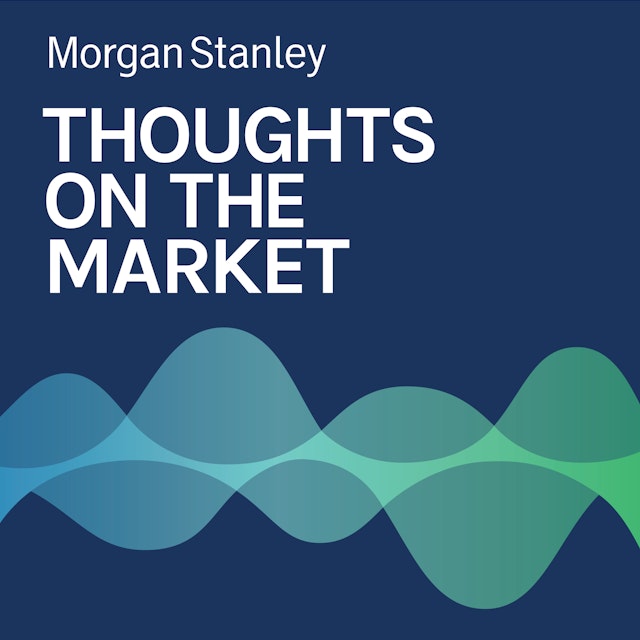Although markets remain calm for now, incoming developments across the debt ceiling, inflation and monetary policy could quite quickly turn the tide.
----- Transcript -----
Welcome to Thoughts on the Market. I'm Andrew Sheets, Chief Cross-Asset Strategist for Morgan Stanley. Along with my colleagues bringing you a variety of perspectives, I'll be talking about trends across the global investment landscape and how we put those ideas together. It's Thursday, May 18th at 2 p.m. in London.
A notable aspect of the current market is its serenity. Over the last 30 days, U.S. stocks have seen the least day-to-day volatility since December of 2021. It's a similar story for stocks in Europe or the movement of major currencies. Across key markets, things have been calm and investors have become more relaxed, with expectations of future volatility also in decline.
But why is this happening? After all, major uncertainties around the path of inflation and central bank policy still exist. And the United States, the world's largest economy and most important borrower, still hasn't reached an agreement to keep borrowing by raising the debt ceiling, raising the risk, according to the U.S. Treasury secretary, of running out of money in less than a month. Well, we think a few things are going on.
With the debt ceiling, we think this is a great example that real world investors genuinely struggle with pricing a binary, uncertain outcome. It's very challenging to put precise odds on what is ultimately a political decision and hard to quantify its impact. And further complicating matters, the conventional wisdom generally appears to be that any debt ceiling deal would only get done at the last possible moment.
In short, investors are struggling, making big changes to their portfolio in the face of what is little better than a political guess and are finding it easier to wait, and hoping that more clarity emerges. I’d note we saw something very similar before the near-miss on the debt ceiling in 2011. Despite being extremely aware of the deadline back then, stocks moved sideways until the last possible moment in August of 2011, afraid of leaning too heavily in one direction before the event.
Other factors are also in limbo. We're nearing the end of what was a reasonably solid first quarter earnings season and don't see larger disappointments arriving, potentially, until later in the year. And on our forecasts, the Federal Reserve just made its last rate hike of the cycle and is now on hold for the remainder of 2023.
And volatility does have the tendency to be self-reinforcing. Low volatility often begets low volatility, and in turn drags down expectations of what future movements will look like. But importantly, this doesn't represent some form of clairvoyance, expectations about future levels of market volatility often deviate from what actually happens, in both directions.
For now, markets remain calm. But don't assume that means investors have some special insight around the debt ceiling, inflation or monetary policy. Incoming developments across all of these areas can change the picture rather quickly.
Thanks for listening. Subscribe to Thoughts on the Market on Apple Podcasts, or wherever you listen, and leave us a review. We'd love to hear from you.
Thoughts on the Market näytetään tässä palvelussa avoimen RSS-syötteen kautta. RSS-syötteen tiedostot, kuvaukset, kansikuvat ja muu metadata ovat podcastin omistajan omaisuutta, eivätkä ole yhteydessä Podplayn kanssa.
